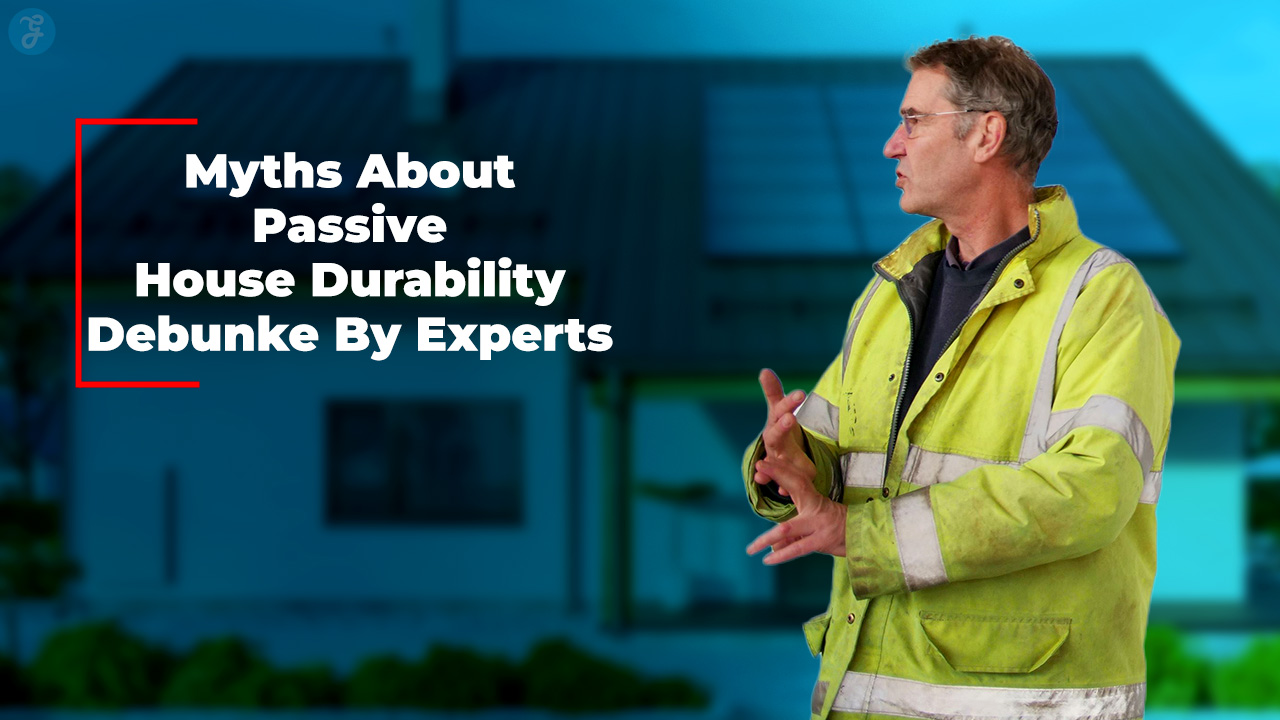Buying home insurance is one of the most important decisions you’ll make as a homeowner. Your home is likely your biggest investment, and protecting it properly requires asking the right questions before choosing a policy. This comprehensive guide will walk you through the 10 critical questions you need to ask when shopping for home insurance, helping you make an informed decision and ensure adequate coverage for your property.
The Current State of Home Insurance in 2024
Before we dive into the questions, let’s look at where things stand today:
| Category | 2024 Average Cost/Coverage |
|---|---|
| Annual Premium | $1,584 |
| Dwelling Coverage | $250,000 |
| Personal Property | $125,000 |
| Liability Coverage | $300,000 |
| Deductible Range | $500-$2,500 |
| Most Common Claims | 1. Wind/Hail (34%)<br>2. Water Damage (29%)<br>3. Fire (23%) |
Key Questions to Ask Your Insurance Provider
1. “What Exactly Does This Policy Cover?” (And What It Doesn’t!)
Think of your policy like a Swiss Army knife – it has multiple tools (or coverages) for different situations:
What’s Usually Covered:
- Your house (obviously!)
- That shed in the backyard
- Your furniture and clothes
- Your liability if someone gets hurt
- Extra living costs if you can’t stay home
Real-Life Example: Sarah from Colorado thought her policy covered everything until a heavy snow collapsed her garden greenhouse. Turns out, detached structures needed additional coverage. Don’t be Sarah – ask about everything!
Coverage Breakdown by Type:
- Main House: Up to policy limits
- Other Structures: Usually 10% of house coverage
- Personal Items: Typically 50-70% of house coverage
- Living Expenses: About 20% of house coverage
2. “What Are My Real Risks Here?”
Different areas = Different risks. Here’s what to consider based on where you live:
Coastal Areas:
- Hurricane coverage
- Flood insurance (usually separate)
- Wind damage protection
Midwest:
- Tornado coverage
- Hail damage protection
- Storm surge protection
Western States:
- Earthquake coverage (usually extra)
- Wildfire protection
- Landslide insurance (often separate)
3. “How Much Coverage Do I Actually Need?”
Let’s break this down into bite-sized pieces:
Step 1: Calculate Your Home’s Rebuild Cost
- Local construction costs per square foot
- Special features (like that custom kitchen!)
- Current building codes
Step 2: Add Up Your Stuff
- Big items (furniture, appliances)
- Electronics
- Clothing
- Jewelry and valuables
Pro Tip: Walk through each room with your phone, taking a video of everything. It’s the easiest home inventory you’ll ever make!
4. “What’s This Deductible Business All About?”
Here’s how different deductibles affect your yearly costs:
| Deductible | Average Annual Premium Savings | Good For |
|---|---|---|
| $500 | $0 (base premium) | Those who want lower out-of-pocket costs |
| $1,000 | Save 10% | Most homeowners |
| $2,500 | Save 20% | Those who can handle higher upfront costs |
| $5,000 | Save 30% | Risk-tolerant homeowners |
5. “How Can I Save Money Without Cutting Corners?”
Everyone loves discounts! Here are the biggest savings opportunities:
Quick Wins:
- Bundle with auto insurance (15-25% off)
- Install security system (5-15% off)
- Install smart water leak detectors (5-10% off)
- Smoke-free home (5% off)
Long-term Savings:
- Impact-resistant roof (up to 35% off)
- Modern electrical system (15-20% off)
- Claims-free discount (10-20% off)
6. “What’s Your Claims Process Like?”
The good, the bad, and the paperwork:
What to Ask:
- Is there 24/7 claims service?
- Can I file claims online?
- Do you have preferred contractors?
- What’s your average claim processing time?
- Will my premium go up if I file a claim?
7. “Do I Need Extra Coverage?”
Some things need special attention:
Common Add-ons Worth Considering:
- Jewelry rider (for pieces over $1,500)
- Home office coverage
- Water backup coverage
- Extended replacement cost
- Inflation guard
8. “Replacement Cost vs. Actual Cash Value – What’s Better?”
Let’s break it down with a real example:
Your 5-year-old TV:
- Original cost: $1,000
- Actual cash value today: $400
- Replacement cost: $1,000 (for a similar new TV)
Pro Tip: Replacement cost coverage usually costs about 10% more but can save you thousands when you need to file a claim.
9. “What Affects My Premium the Most?”
Understanding these factors helps you make smart choices:
Biggest Impact Factors:
- Location (up to 35% variation)
- Home age (up to 25% variation)
- Construction type (up to 20% variation)
- Credit score (up to 15% variation)
- Claims history (up to 30% variation)
10. “What Changes Should I Tell You About?”
Keep your insurer in the loop about:
- Home improvements over $5,000
- New security systems
- Starting a home business
- Renting out rooms
- Long vacations (over 30 days)
Takeaway
Purchasing home insurance is not just about fulfilling a requirement or checking off a box—it’s about safeguarding one of your most valuable assets and ensuring peace of mind for you and your family. By asking these ten essential questions, you’re not only protecting your investment but also empowering yourself with the knowledge needed to make the right choices. Each question serves a purpose, from understanding the scope of your coverage and available add-ons to knowing how claims are processed and what factors impact your premiums.
Taking the time to ask these questions allows you to assess whether a particular policy truly meets your unique needs. Not all homes, budgets, or personal circumstances are the same, and your insurance policy should reflect that. For instance, if you live in an area prone to natural disasters, confirming whether additional coverage for specific perils like floods or earthquakes is available may be crucial. Similarly, understanding the insurer’s stance on replacement costs and depreciation will help you make more informed decisions on your personal belongings’ protection.
Remember, home insurance is not a “one-size-fits-all” solution, and policies can vary widely across providers. Research, comparison, and communication are key. Don’t hesitate to ask for clarifications on complex terms, coverage limits, or any potential exclusions that might affect you. A good insurer will be transparent and responsive, ensuring you feel confident about the protection you’re investing in.







































